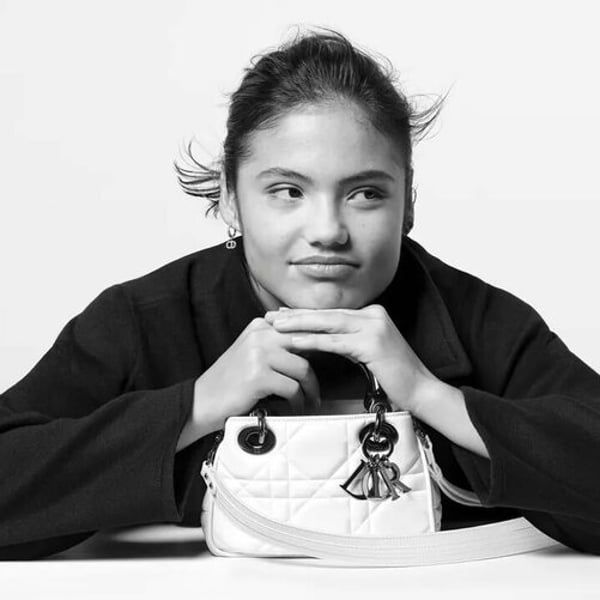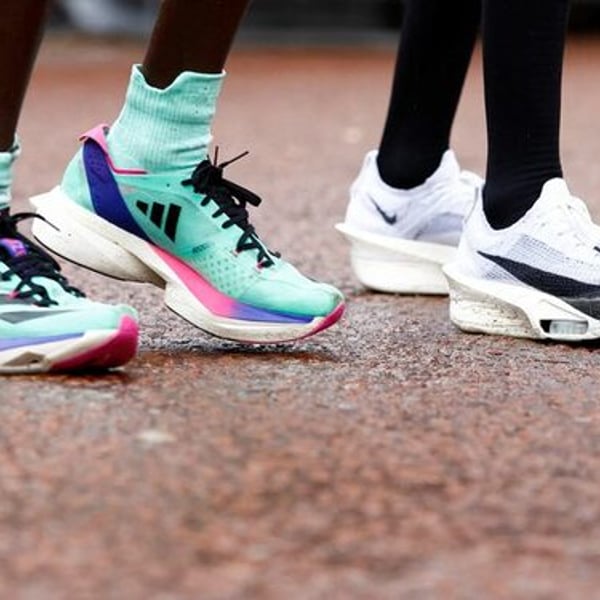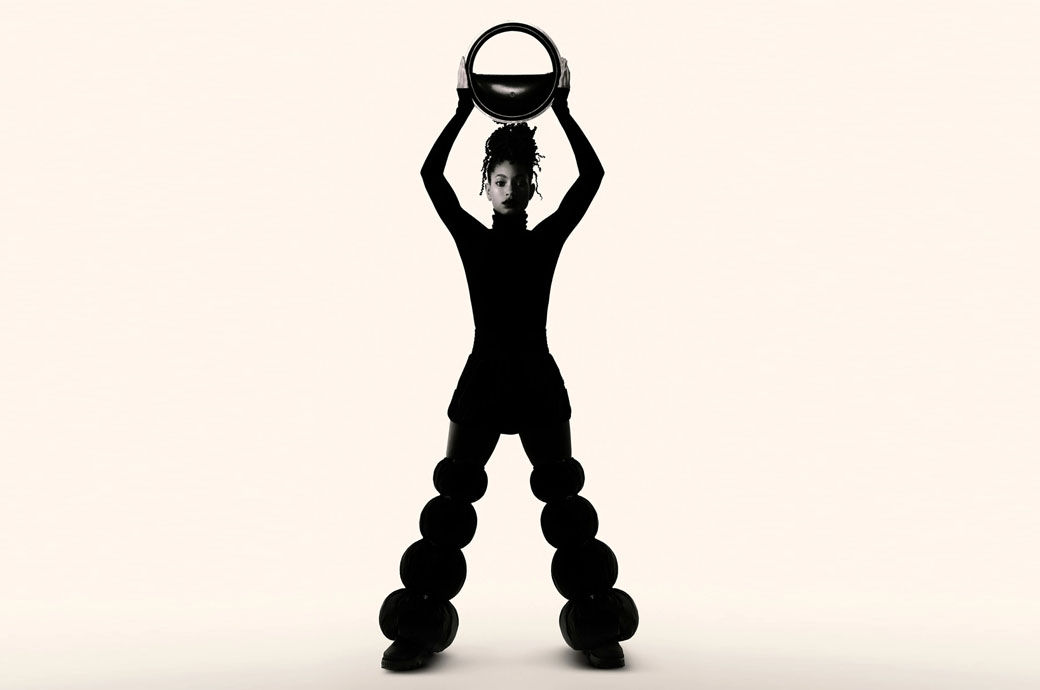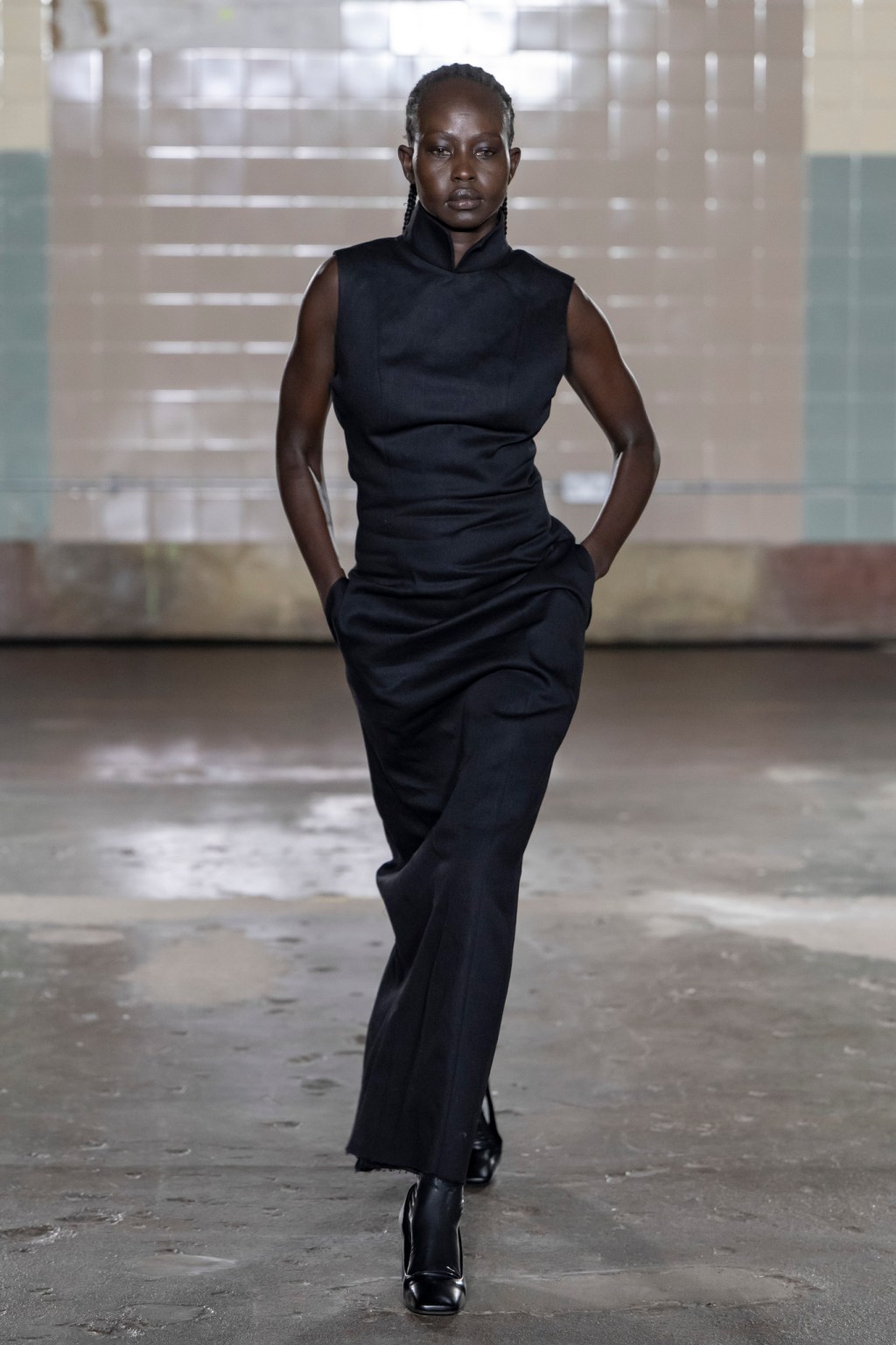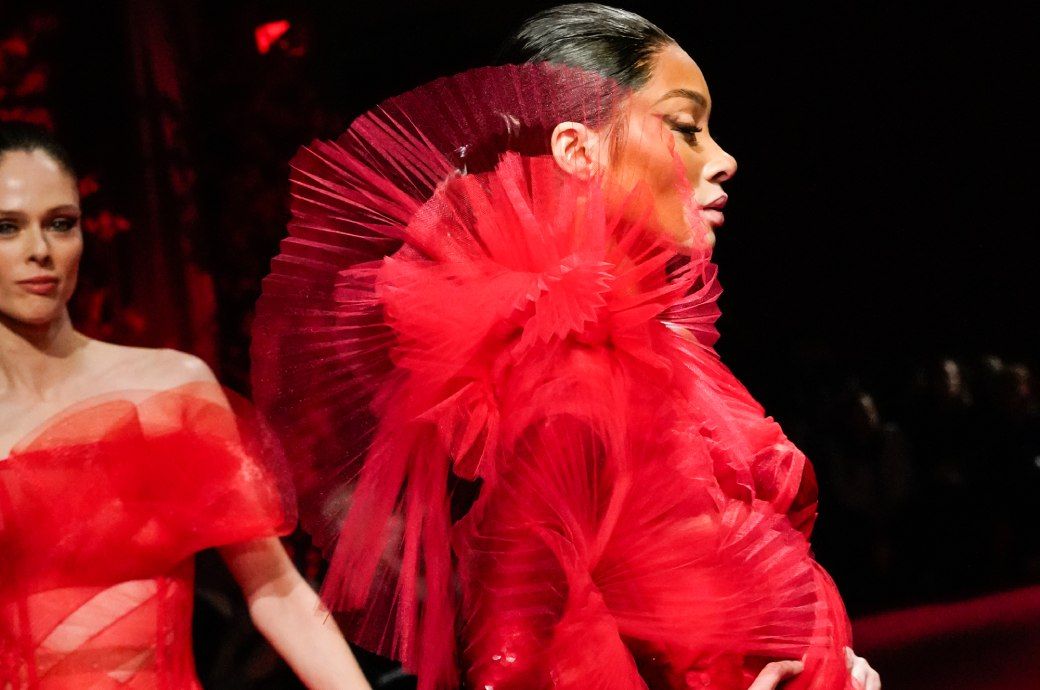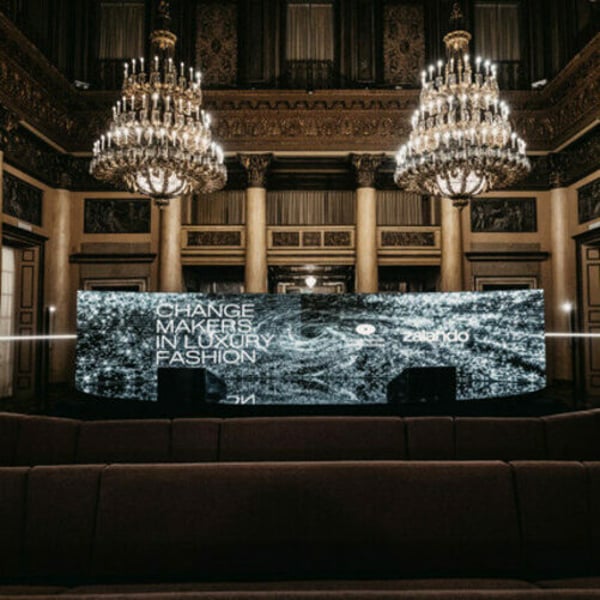Translated by
Roberta Herrera
Published
April 10, 2024
In its quest for growth, the luxury industry is increasingly turning to influencer marketing to engage with demanding but ever-changing consumers. A report prepared by data analyst Luxurynsight and Traackr, a platform specialized in influencer campaign management, reveals how brands have strategically accessed the Chinese market in 2023. In addition, they are increasingly capitalizing on partnerships within the sports field and expanding their reach on several fronts. , including activations and influencers.
By analyzing 5,926 activations launched globally in 2023 by 58 leading luxury brands such as Chanel, Dior, Balenciaga and Prada, the study covers various sectors such as fashion and high-end products (ready-to-wear and leather goods, fragrances and cosmetics, watches and jewelry). These activations spanned a wide range of initiatives, including product launches, communications campaigns and in-store events.
Following the period of closure due to the Covid pandemic, China's reopening in early 2023 had a significant impact on the industry, with an increasing number of Chinese consumers purchasing high-end products locally. In 2023, the total number of retail activations increased by 45%, “leading luxury brands to strengthen their local presence and invest in experiential retail to meet changing customer expectations,” the study notes, specifying that the trend slowed in the second half. .
Following Covid-induced closures, the reopening of the Chinese market in early 2023 had a profound impact on the industry, witnessing an increase in local purchases of high-end products by Chinese consumers. The total number of retail activations increased by 45% in 2023, forcing luxury brands to improve their local presence and invest in experiential retail to meet changing customer demands. Although momentum slowed in the second half of the year, brands continued to invest in exclusive projects tailored to the Chinese market, particularly in the fragrance and cosmetics sector. Limited-edition product launches took priority: 59% of activations focused on ready-to-wear and leather goods, 89% on beauty products, and 57% on watches and jewelry. Pop-up stores remained a popular retail format, accounting for 54% of initiatives in ready-to-wear and leather goods and 82% in beauty.
Greater exposure through sports
Furthermore, collaborations between athletes and luxury houses emerged as a very effective strategy.
“Luxury brands benefit from the global reach, authenticity and appeal of athletes of all age groups, thereby enhancing brand visibility,” the report observes.
“Professional athletes, among the first influencers, have always embodied the image and personality of numerous brands. With the increasing prevalence of influencer marketing, their impact is expanding. These partnerships not only drive sales but also foster a connection deeper and more meaningful relationship between products and consumers,” the researchers noted.

Recent examples of collaborations between athletes and luxury brands abound, particularly among LVMH Group houses preparing for the Paris 2024 Olympic Games, where the group acts as a premium partner. Brands such as Louis Vuitton, Tag Heuer and Dior have forged partnerships with athletes, including British tennis champion Emma Raducanu. As the face of Dior and its new Lady 95.22 bag, Raducanu mentioned Dior on her Instagram account throughout the year, generating more than 1.1 million interactions through feed posts and stories in 2023 and the first six weeks of 2024.
“The collaboration between athletes and luxury brands has become a powerful marketing alliance. Luxury brands have long benefited from the global reach and authenticity of athletes, as has been seen for years in the industry watchmaker. These partnerships have now expanded to cover more categories to improve brand visibility among younger audiences and drive innovation and exclusive product lines, especially in the pre-Olympic period,” emphasized Jonathan Siboni, CEO and co-founder of Luxurynsight.
The study also highlighted the avalanche of activations focused on the world of skiing.
“In 2023, luxury brands engaged in fierce competition to attract skiwear customers, with many creating strategic pop-ups in key cities, which increased by 50% compared to the previous year, and launching targeted campaigns.”
The winning recipe of the culinary universe
This phenomenon is aligned with the diversification strategy, which extends to influencer marketing, either through initiatives in sectors beyond fashion and commerce or through new influencer profiles. The opening of restaurants and cafes, aimed at creating immersive experiences, fostering brand engagement and attracting a broader audience, saw a particular increase in 2023 (+229%).

According to the study, “Luxury brands are increasingly venturing into the culinary scene by converting distressed boutiques or retail spaces into cafes or restaurants. This strategic shift allows them to strengthen their identity as lifestyle brands and capitalize on the growing experiential spending trend”. By offering short- and medium-term customers a holistic brand experience through food and beverage offerings, luxury brands seek to build customer loyalty and create versatile destinations that encourage local engagement.”
Recent successes include the Prada Café located in the prestigious Harrods department store in London, which proved to be a very popular destination. With 471 influencers mentioning coffee in 955 social media posts, this content generated over 1.5 million interactions and 25 million video views, particularly on TikTok, emerging as the most engaging platform.
In addition, luxury brands are diversifying their search for talent and influencers. For example, they are recruiting celebrities and superstars for creative direction, as illustrated by the appointment of American singer Pharrell Williams as director of Louis Vuitton's menswear collections. The goal is to “redefine the brand narrative and appeal to a more contemporary audience.” On the contrary, in the field of influencers, it is no longer celebrities who are most sought after, but influencers with an intermediate level of prominence.
“While VIPs and celebrities continue to impact luxury brands, we see an increasing number of fashion and beauty brands diversifying the levels of influencers they collaborate with,” observed Pierre-Loïc Assayag, CEO and co-founder of Traackr.
“VIPs are known to increase brand awareness, but the mega and macro influencers segments are the fastest growing, outperforming in engagement and sales. We will likely see luxury brands starting to experiment with other types of tiers in 2024 to enhance its ongoing partnerships with celebrities,” he concluded.
Copyright © 2024 FashionNetwork.com All rights reserved.

